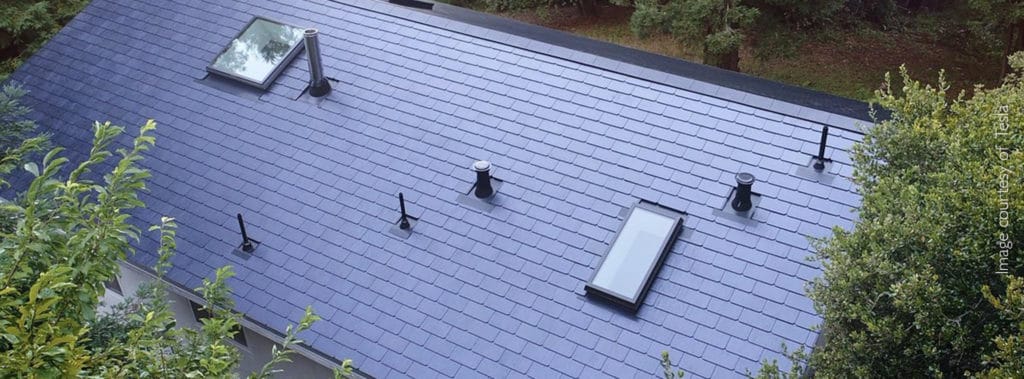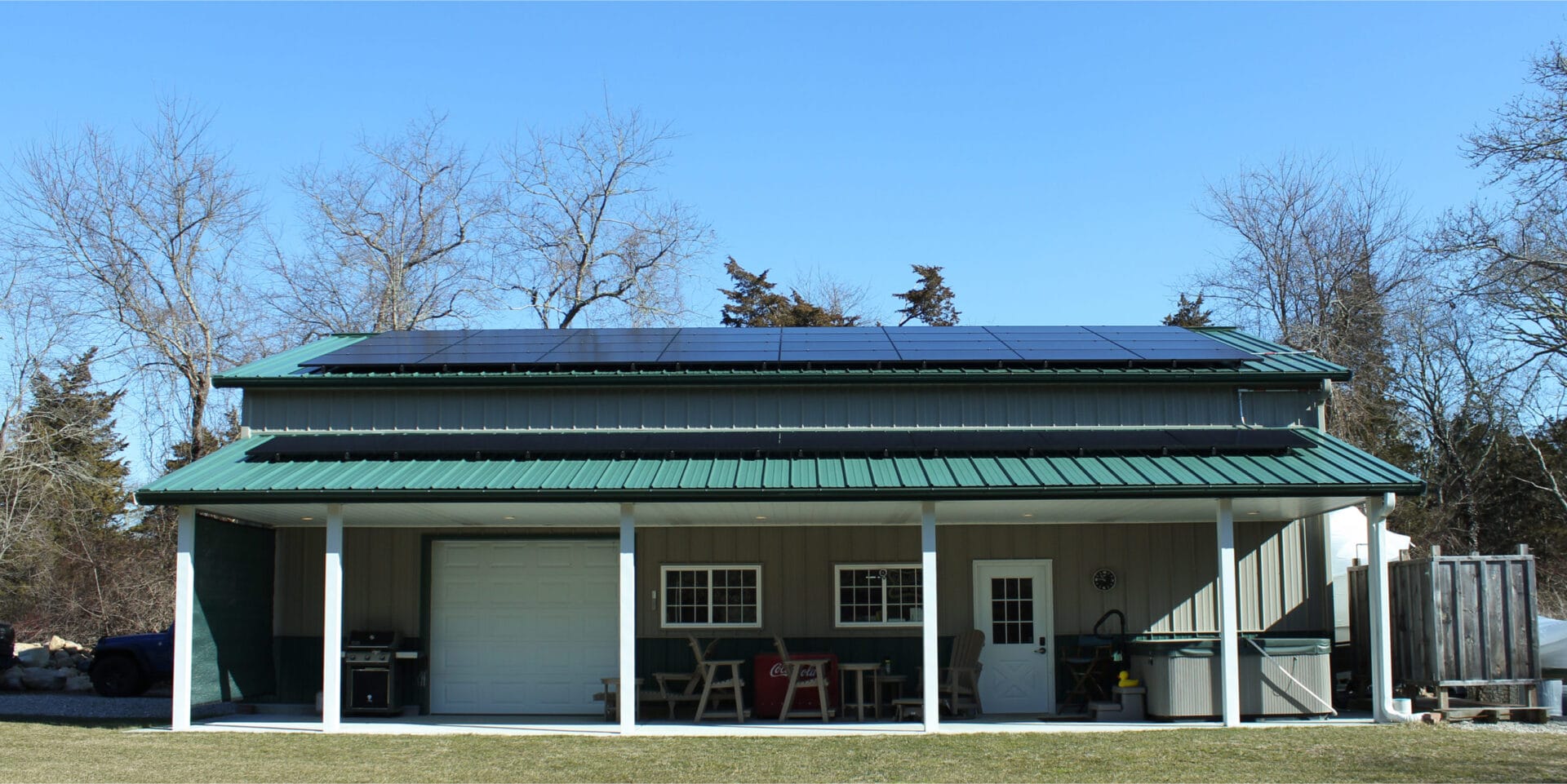Tesla’s Solar Roof is a unique product in the solar marketplace.
First off, it’s not nearly as efficient as the most efficient residential solar panels on the market. The Tesla Solar Roof could be about 10% efficient, which is way below the leading edge product out there – the REC Alpha at 21.7% for instance. We have a rough confirmation of this lower efficiency in a price quote from Electrek that suggests significantly lower electricity (7,852 kWh/year versus an expected 10,500 or greater) output than one would get from a standard solar project.
Second, none of that matters because tens of millions of homeowners don’t like how high efficiency solar panels look – and good enough gets the job done. As Tesla has been able to build a direct to consumer marketplace, they’re probably going to sell all they can manufacture.
And speaking of manufacturing volume, on Saturday the company congratulated the Giga Buffalo facility on manufacturing 4 MW worth – 1,000 homes – of solar roofs last week.
Giga New York built 4MW of Solar Roof last week, enough for up to 1000 homes!
— Tesla (@Tesla) March 15, 2020
As there are a lot of definitions of how much solar an individual house needs, I don’t know enough to reflect on whether 4 MW of solar modules is enough for 1,000 homes as the US average installation size is closer to 7 kW.
What we can reflect on is the revenue that will come from this. In that aforementioned price quote from Electrek, reproduced below, we see 9.45 kW of solar costing $38,265. That’s comes out to be just over $4/watt of solar revenue (including installation costs). Since Tesla is controlling the whole installation chain for now, that means $16 million of solar revenue per week – and $832 million a year.
Add in, $10,000 for a Powerwall on 20% of those installations – 200 per week means 10,400 per year – and we get to about $940 million.
Commercial Solar Guy is writing about residential solar because we’re developing this arm of our business right now. Our goal is to install about one residential system per week. Our State of Massachusetts Construction Supervisor License means we can manage project engineering, purchase hardware, submit structural and site permits, while subcontracting the electrical work on a site.
We’re going to couple our residential installations with a ten year service agreement through a local operations and maintenance company, or possibly a third party insurance product who has a generation responsibility – with them contracting with the local company. Lot’s of models to explore.
This project was just built by one of our installations partners in Westport, Massachusetts. Really clean, high efficiency.



